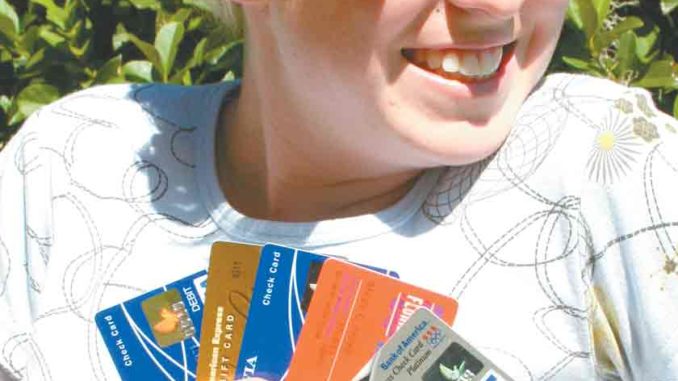
USA TODAY reported on ‘Finance 101’ classes for kids last week – 2 months after our world-exclusive report
USA TODAY reports in a fresh new January issue that “more teenagers are facing a novel requirement to graduate from high school: learning to balance their checkbooks.” But Herald-Guide readers learned all about that months ago when we published a 40-inch feature story on financial literacy classes in St. Charles Parish schools.
The November report was based on an in-depth interview with school board member-elect Al Suffrin, a Certified Public Accountant.
And rather than simply write the story and let the issue drop, we forged a long-term alliance with Suffrin to keep parish kids on the cutting edge of solid financial thinking in our innovative weekly column for children, MoneyTalk with Al Suffrin.
The USA TODAY story follows below.
By Kathy Chu, USA TODAY
At a time when students are beset with advanced math, science and English requirements, a growing number of states are adding personal finance to the class roster.
These states say that teachers’ responsibilities don’t end at preparing students to make money: Schools should also teach students how to manage it.
Personal finance “is as important as history or economics,” says West Virginia Treasurer John Perdue, who successfully championed this new requirement, as part of a civics course, in his state. “If you don’t manage your money well, you’re not going to have a successful (financial) life.”
In 2006, 14 states required high school students to learn concepts such as opening bank accounts and maintaining healthy credit scores before graduating, double the number of states two years ago, according to the National Council on Economic Education (NCEE) and Citigroup’s Office of Financial Education.
States are recognizing that financial literacy is an important “skill for the 21st century,” says Joseph Peri of NCEE. “We don’t wait until college to teach students how to read. Why would we send them into college without teaching them these important money-management skills?”
The movement toward personal-finance education comes at a time when the financial world has gotten more complex, with college costs skyrocketing, credit card fees rising and exotic mortgage products proliferating.
Young adults, for the most part, are as confused as ever about money matters.
High school students failed a 2006 quiz from the JumpStart Coalition for Personal Financial Literacy, correctly answering an average of only 52.4% of questions about credit cards, insurance, retirement and savings.
This is well below high school students’ average 57.3% score in JumpStart’s 1997 poll, but up from a 50.2% low in 2002.
Not every state is itching to adopt personal-finance education.
Tight budgets or class schedules prevent some from doing so. Others struggle with getting students excited about complex concepts like credit card interest rates and mortgage payments.
Visa and Citigroup, among others, are trying to engage students by incorporating games into free personal-finance curriculum they provide to schools.
“Teachers tell us that financial literacy is important, but it’s deadly dull,” says Jason Alderman, Visa’s director of financial education.
But some consumer advocates question whether for-profit financial companies are the best source for personal-finance resources.
Derek Clontz can be reached at editor@heraldguide.com




Be the first to comment